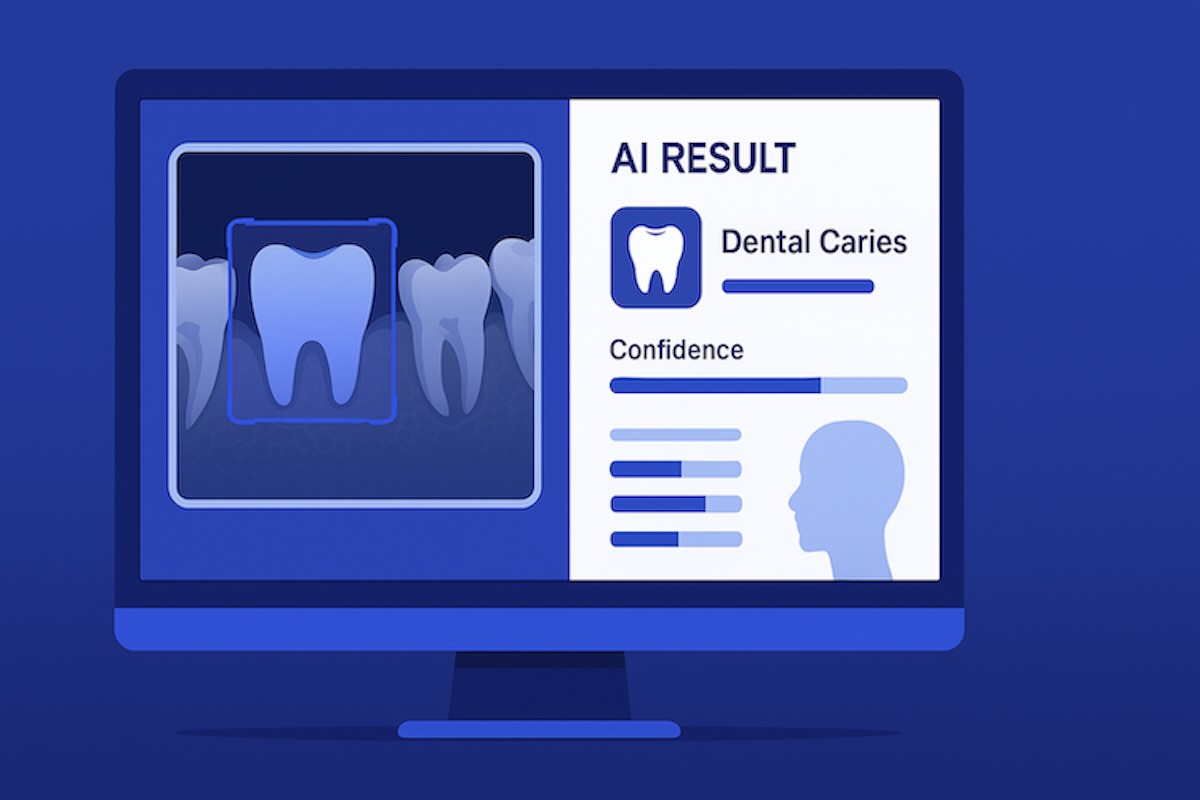Project: AI-Driven Dental Diagnosis System
Overview
Datapipesoft developed an advanced AI and computer vision system to transform dental diagnostics through intelligent automation. The project focused on building a robust tool capable of analyzing dental X-rays and detecting abnormalities with high accuracy. Designed to support early diagnosis, treatment planning, and workflow optimization, this innovation enhances clinical outcomes while reducing diagnostic errors and manual workload.
The Challenge
Building an AI-driven diagnostic system for dental imaging required addressing multiple layers of technical and practical complexity:
1. Data Quality and Annotation
Acquiring a diverse dataset of high-resolution dental X-rays was essential. Equally critical was expert-led annotation to mark dental pathologies—such as caries, infections, and periodontal issues—with clinical precision.
2. Anatomical Complexity
Dental radiographs present overlapping structures—teeth, roots, nerves, and bone—that are challenging to distinguish. Differentiating between healthy variations and pathologies demanded sophisticated image segmentation and classification.
3. Model Accuracy and Reliability
Ensuring the model could accurately detect a broad range of conditions, across variable image quality and patient demographics, required a generalizable, clinically validated machine learning pipeline.
4. Seamless Clinical Integration
To be adopted at scale, the AI system needed to integrate into existing dental practice management software and imaging workflows—without disrupting day-to-day operations.
Our Solution
Datapipesoft delivered an end-to-end AI system combining deep learning, expert knowledge, and real-world usability:
1. Expert-Guided Dataset Curation
We partnered with dental professionals to build a rich dataset of annotated X-rays. Each image was labeled with detailed clinical findings, creating a strong foundation for supervised learning.
2. Computer Vision-Powered Analysis
Using convolutional neural networks (CNNs) and advanced image processing techniques (including segmentation and edge detection), we trained models to identify early-stage and advanced dental issues with substructural accuracy.
3. Iterative Model Optimization
The AI models underwent continuous training and validation, with rigorous cross-validation and real-world testing. This ensured consistent performance across diverse patient cases and imaging conditions.
4. Practical Software Integration
We developed a lightweight, user-friendly interface that integrates directly with existing dental imaging systems. Dentists can upload an X-ray, receive diagnostic insights, and generate structured reports in seconds—without altering their existing workflow.
Key Outcomes
The implementation of our AI-driven dental diagnostic solution resulted in clear clinical and operational benefits:
✅ Improved Diagnostic Accuracy
The AI achieved over 90% accuracy in detecting dental abnormalities, significantly reducing misdiagnoses and missed conditions.
✅ Increased Workflow Efficiency
Clinicians reported a notable reduction in diagnostic time, enabling them to focus more on patient interaction and care planning.
✅ Early Detection, Better Outcomes
The system’s ability to detect issues at the earliest stages empowered dentists to intervene earlier, improving patient outcomes and minimizing treatment costs.
Conclusion
This project showcases the transformative potential of AI and computer vision in modern dentistry. By bridging advanced algorithms with clinical workflows, Datapipesoft has enabled smarter, faster, and more accurate dental diagnostics—demonstrating our ongoing commitment to reshaping healthcare through intelligent technology.
